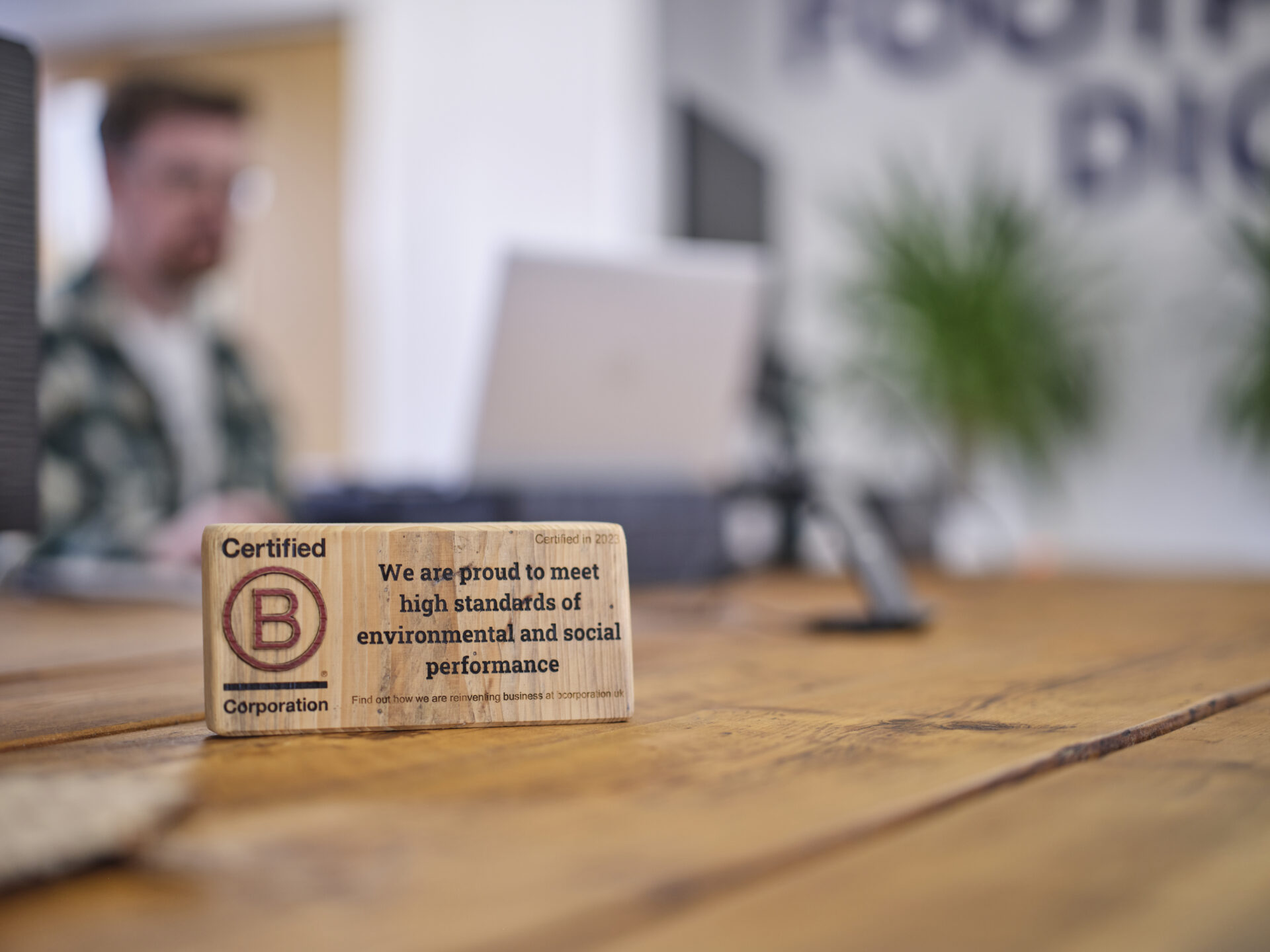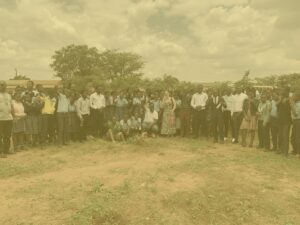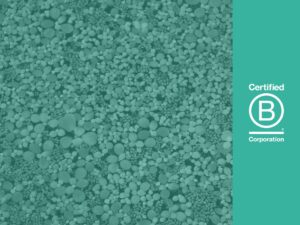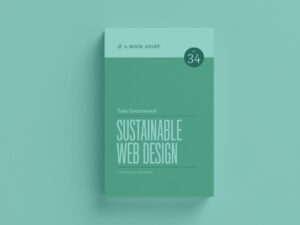What being a B Corp certified agency means for us
It’s more than just being ‘green’… think of it like an Outstanding Ofsted inspection or a high ISO accreditation.
B Corp Certification means a business is meeting high standards of performance, accountability, and transparency. B Corps commit to positively impacting all stakeholders – workers, communities, customers, and our planet.
Being a B Corp is about creating an ‘inclusive, equitable and regenerative economic system for all people and the planet’, committing to positively impact all stakeholders – workers, clients, communities and our planet.
It is a comprehensive assessment and an important tool to use business as a force for good.
If you would like to know more about becoming a B Corp we want to hear from you. We love supporting organisations with their applications free of charge.
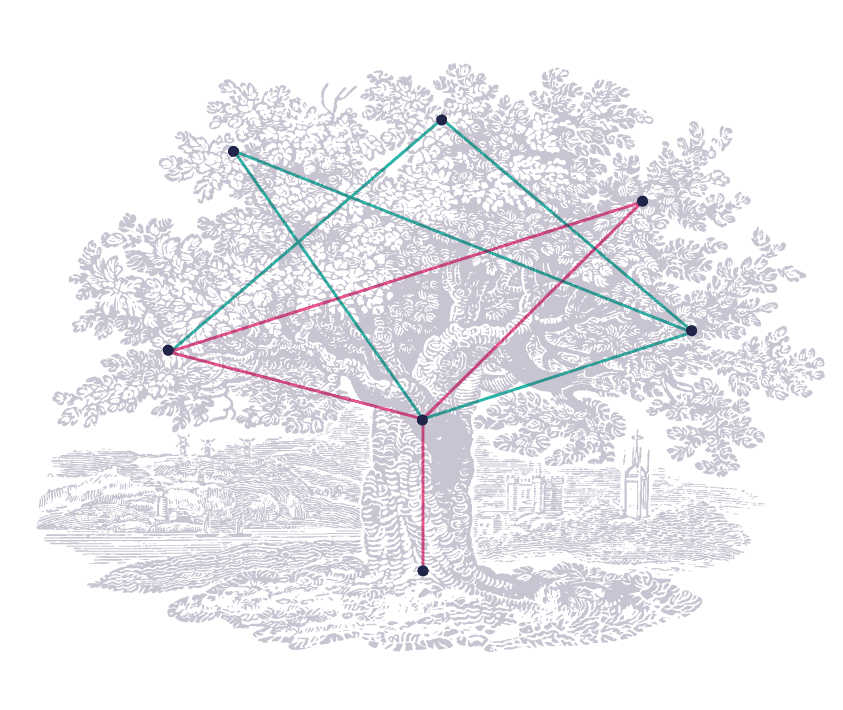
What being B Corp certified means for you
Whether you are a client, an employee, in our partnership network or anyone else in our community, you can expect to hold us to the highest of standards.
We hold ourselves accountable to be the best agency you’ve worked with, going above and beyond to deliver great results with a huge impact for your business and the smallest possible impact to the planet.
We strive to support our team to do the best work of their careers. Through education, our approach to people development, and challenging you to do achieve things you never thought possible, we want to create an environment where our people can learn, play, and grow.
Ultimately, we give a sh*t. If you think we can do better, tell us. We love feedback and it helps us all learn and grow. We invite everyone to join us on our journey to make a positive impact on our people and our planet.
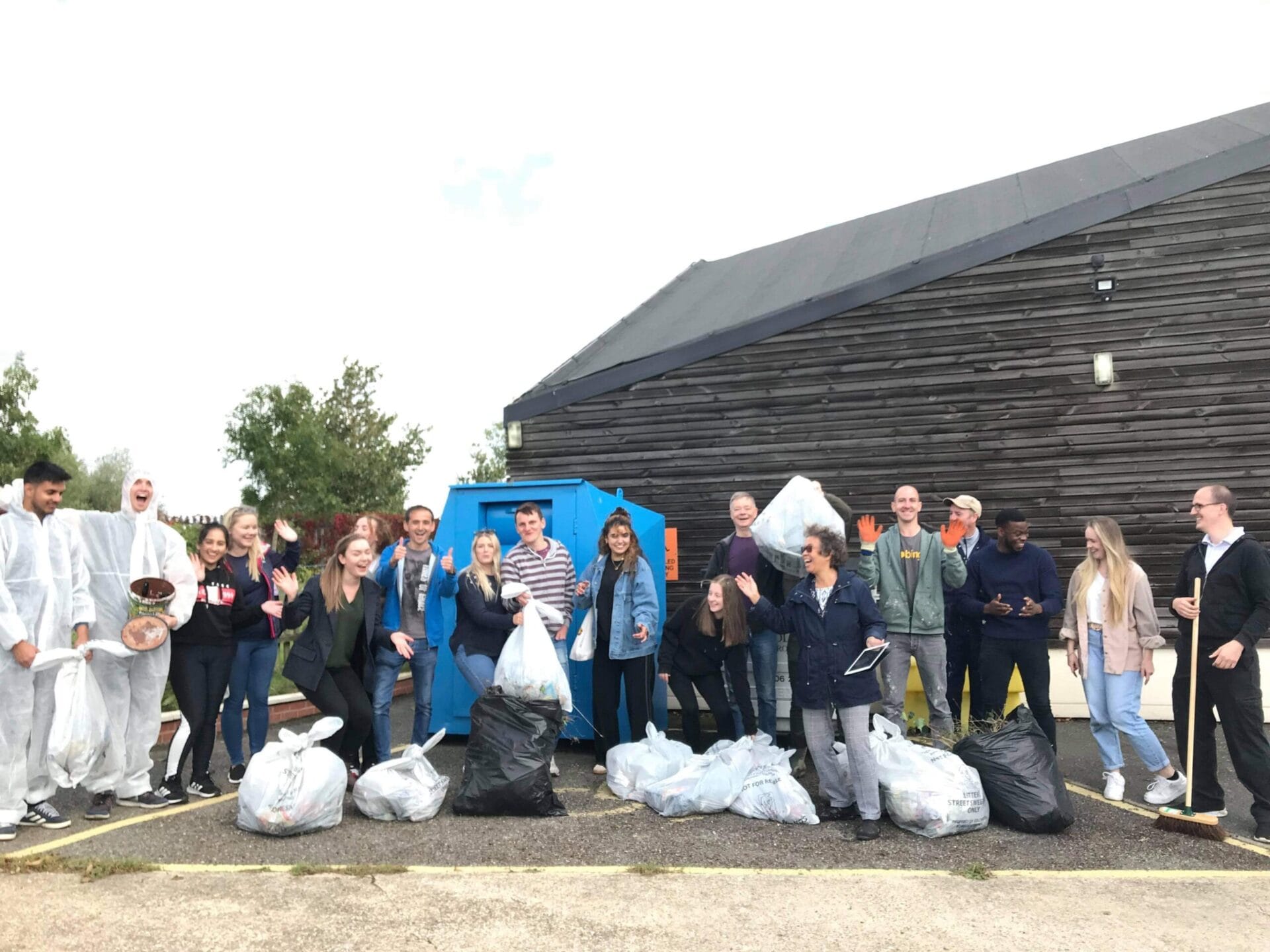
1% for the Planet
In 2021, we became 1% for the Planet members, which means we give 1% of our annual revenue to charitable causes doing good things for the planet – including Building Malawi who we’ve supported with planting trees, building schools and more recently we bought a bus that will be turned into a library reading room.
Our journey with 1% for the Planet began with reading the wonderful “Let my people go surfing” book by Yvon Chouinard founder of Patagonia.
“You climb a big wall like el capitan. There’s nothing there. So what’s important about climbing is how you climb. You don’t focus on profit you focus on the processes of making a profit. If you focus too much on the summit you’ll blow it.” – Yvon Chouinard
It’s how you climb.

Creating an environment for success
We created an environment with psychological safety at its core. Where our team is supported to constantly learn and develop, and have a healthy work-life balance. In return, our clients have the best people in their corner and feel confident that every decision will deliver results.
Education and technical expertise are second nature. Our mission is to demystify digital and provide a positive space for people to produce excellent results. We also like to learn from the local community; taking team days to try things like beekeeping and rowing, and getting competitive with being the best litter pickers and volunteers. No day is the same!
We want to truly push you to achieve your career dreams. We have an array of opportunities that can build your confidence and skillset including anything from providing guest lectures at Universities on marketing, career and digital sustainability topics, to inviting you to be part of developing products and systems that revolutionise the way businesses do digital.

Making the digital space a better place
We’re driven to do better for our planet.
We know that the digital space is environmentally damaging, so to combat this we developed the Digital Carbon Footprint Audit. A tool that helps you understand the carbon emissions of your website and take steps to reduce your emissions.
We also advocate for a greener web through our chapter on Digital Sustainability in our marketing textbook, and we also deliver guest lectures and spread the message about digital sustainability across all our services.
From SEO and PPC to Conversion Rate Optimisation – help convert your customers better whilst also learning how to make your website more sustainable.

Green Team, Joy Division, and AI Council
Our team take the lead on initiatives that improve people and planet. This includes our internal “Green team” that meets regularly to push green initiatives forward, our “Joy Division” that focuses on work that improves mental health and also our “AI council” which meets regularly to discuss the ethics and approaches to AI.

Does being a B Corp marketing agency benefit clients?
Yes! Partner with us and you’ll get a marketing agency that strives for positive change not profit, an ethical and credible business partner you can trust, the opportunity to work together towards a more sustainable future, and motivated employees who have your best interests at heart.

What matters to us
These are our shared values, we hope you share them, too!
-
Give a sh*t about everything we do.
-
Be a sponge and soak up information.
-
Believe in people, and in data.
-
Be open, honest, and fair with ourselves and our clients.
-
Embrace challenges with a positive, proactive attitude.
-
Educate as we go, don't gatekeep information or obfuscate.
-
Collaborate internally and externally. Stronger together.
-
Be human, communicate like humans not robots.
-
Be mindful of our planet and do what we can to help.
B Corp and digital sustainability content
Footprint Digital is a proud member of B Corp, 1% for the Planet, and the Mental Health at Work Commitment.
We operate at the highest standards of social and environmental performance, public transparency, and legal accountability to balance profit and purpose.
We provide clients with proactive recommendations to reduce your digital carbon footprint.
Take only memories. Leave only footprints.

Ready to start?
Our team will help you humanise digital marketing, demystify the data, and exceed your goals.
